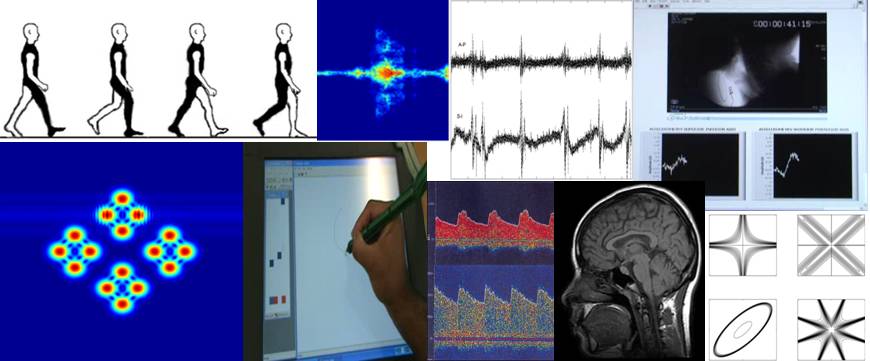Motor imagery of gait: a new way to detect mild cognitive impairment?
May 2, 2014
Objectives
1) To measure and compare the time required to perform (pTUG) and the time required to imagine (iTUG) the Timed Up & Go (TUG), and the time difference between these two tasks (i.e., TUG delta time) in older adults with cognitive decline (i.e., mild cognitive impairment (MCI) and mild-to-moderate Alzheimer disease and related disorders (ADRD)) and in cognitively healthy individuals (CHI); and 2) to examine any association between the TUG delta time and a cognitive status.
Methods
Sixty-six participants (24 CHI, 23 individuals with MCI, and 19 individuals with ADRD) were recruited in this cross-sectional study. The mean and standard deviation of the pTUG and iTUG completion times and the TUG delta time, as well as age, gender, and Mini-Mental State Examination (MMSE) scores were used as outcomes. Participants were separated into three groups based on the tertilization of TUG delta time: lowest (<13.6%; n = 22; best performance), intermediate (13.6-52.2%; n = 22), and highest tertile (>52.2%; n = 22, worst performance).
Results
Fewer CHI were in the group exhibiting the highest tertile of TUG delta time compared to individuals with lowest and intermediate TUG delta times (p = 0.013). Being in the highest tertile of the TUG delta time was associated with cognitive decline in the unadjusted model (p = 0.012 for MCI, and p = 0.021 for mild-to-moderate ADRD). In the multivariate models, this association remained significant only for individuals with MCI (p = 0.019 while adjusting for age and gender; p = 0.047 while adjusting for age, gender, and MMSE score; p = 0.012 for the stepwise backward model).
Conclusions
Our results provide the first evidence that motor imagery of gait may be used as a biomarker of MCI in older adults.
This material is presented to ensure timely dissemination of scholarly and technical work. Copyright and all rights therein are retained by authors or by other copyright holders. All persons copying this information are expected to adhere to the terms and constraints invoked by each author’s copyright. In most cases, these works may not be reposted without the explicit permission of the copyright holder.



